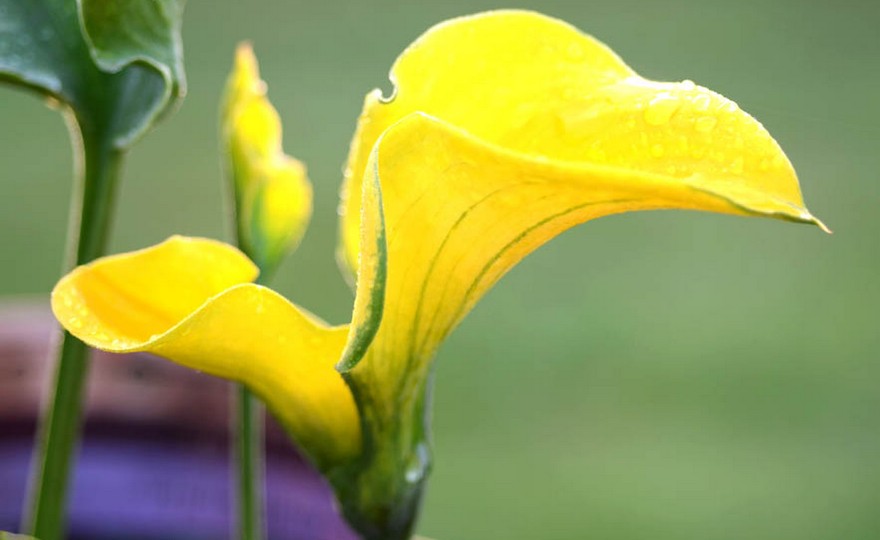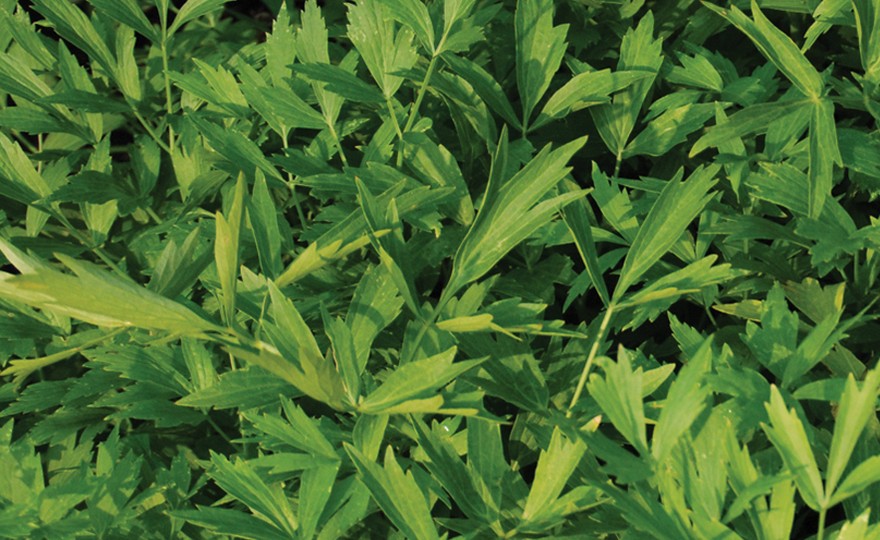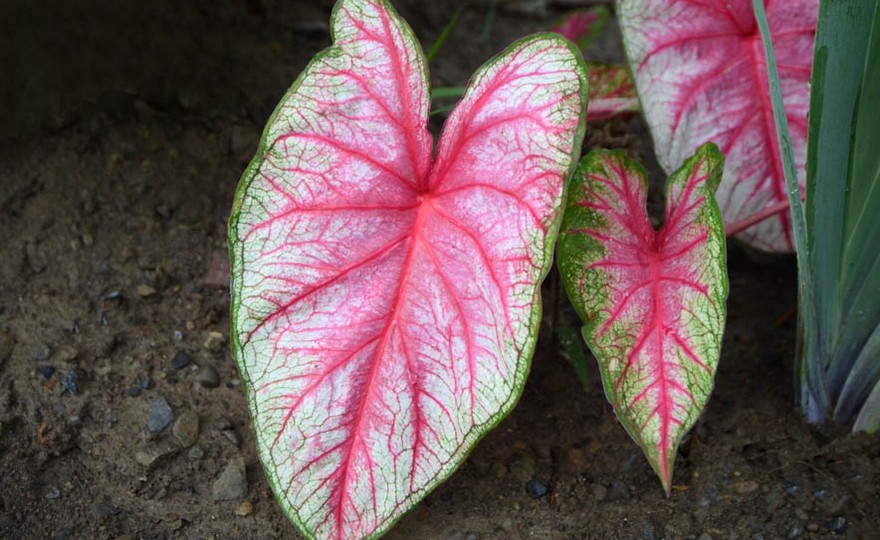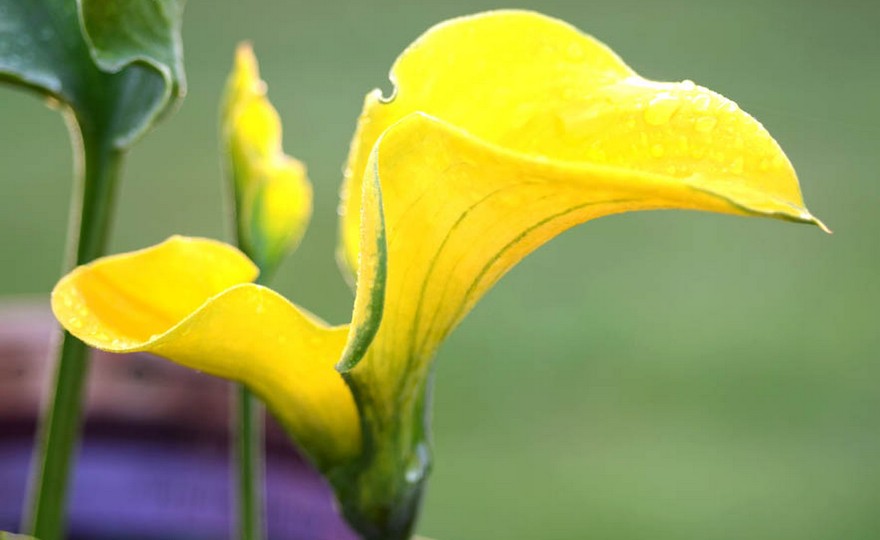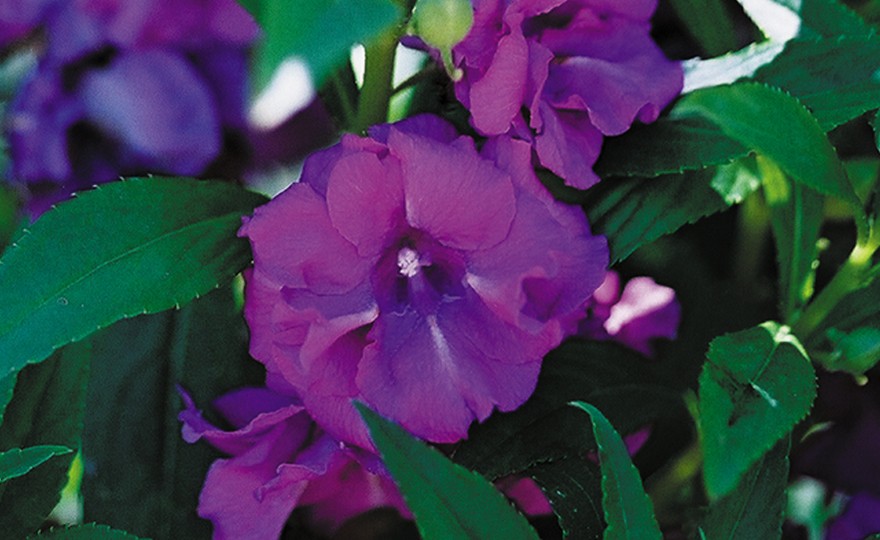
Elephant Ear Roots, Colocasia Diamond Head – STRONGLY DEER RESISTANT AND REPELLENT
-
- **SOLD OUT** HOLIDAY GIFTS **SOLD OUT**
- **SOLD OUT** Holiday Books **SOLD OUT**
- **SOLD OUT** Holiday Citrus **SOLD OUT**
- **SOLD OUT** Holiday Gift Certificates **SOLD OUT**
- **SOLD OUT** Holiday Paperwhites **SOLD OUT**
- **SOLD OUT** Holiday Praying Mantis Kits **SOLD OUT**
- **SOLD OUT** Holiday Tools **SOLD OUT**
- **SOLD OUT** Holiday Wildflower Mixtures **SOLD OUT**
- Citrus Trees
- **SOLD OUT** - Vegetable and Herb Plants - Mix & Match any 6 Plants for $50 - Only Shipped in Quantities of 6
- Elephant Ear Plants & Roots
- **SOLD OUT** 4-Inch Pot Herb Plants **SOLD OUT**
- Rare Plants
- **SOLD OUT** Vining Plants **SOLD OUT**
- Asian Seeds
- Beneficial Bugs
- Books
- Citrus Fertilizers
- Cold-Treated Bulbs - SEE BULBS FOR FALL PLANTING TO ORDER
- Cold-Treated Allium
- Cold-Treated Chionodoxa
- Cold-Treated Crocus
- Cold-Treated Hyacinthoides
- Cold-Treated Hyacinthus Orientalis
- Cold-Treated Narcissus
- Cold-Treated Cyclamineus Narcissus
- Cold-Treated Double Heirloom Narcissus
- Cold-Treated Jonquilla Narcissus
- Cold-Treated Large Cupped Narcissus
- Cold-Treated Poeticus Narcissus
- Cold-Treated Small Cupped Narcissus
- Cold-Treated Species Miniature Narcissus
- Cold-Treated Split Cupped Narcissus
- Cold-Treated Tazetta Narcissus
- Cold-Treated Triandus Narcissus
- Cold-Treated Trumpet Daffodils
- Cold-Treated Ornithogalum
- Cold-Treated Rock Garden Iris
- Cold-Treated Scilla
- Cold-Treated Tulips
- Cold-Treated Emperor Tulips
- Cold-Treated Fringed Tulips
- Cold-Treated Green or Viridiflora Tulips
- Cold-Treated Lily Flowering Tulips
- Cold-Treated Parrot Tulips
- Cold-Treated Peony Flowering Tulips
- Cold-Treated Single Early Tulips
- Cold-Treated Single Late Tulips
- Cold-Treated Species Tulips
- Cold-Treated Triumph Tulips
- Flower Bulbs, Corms and Tubers
- **SOLD OUT** Bulbs for Spring Planting **SOLD OUT**
- **SOLD OUT** Begonia **SOLD OUT**
- **SOLD OUT** Cannas **SOLD OUT**
- **SOLD OUT** Crocosmia **SOLD OUT**
- **SOLD OUT** Gladiolas **SOLD OUT**
- **SOLD OUT** Pineapple Lilies **SOLD OUT**
- **SOLD OUT** Caladiums **SOLD OUT**
- **SOLD OUT** Calla Lilies **SOLD OUT**
- **SOLD OUT** Dahlias **SOLD OUT**
- **SOLD OUT** Specialty-Gallery-Dark Angel Series **SOLD OUT**
- **SOLD OUT** Specialty Dahlias **SOLD OUT**
- **SOLD OUT** Specialty-Anemone Flowering Dahlias **SOLD OUT**
- **SOLD OUT** Cactus Dahlias **SOLD OUT**
- **SOLD OUT** Decorative Dahlias **SOLD OUT**
- **SOLD OUT** Dinnerplate Dahlias **SOLD OUT**
- **SOLD OUT** Fimbriata Dahlias **SOLD OUT**
- **SOLD OUT** Specialty-Gallery Dahlias **SOLD OUT**
- **SOLD OUT** Specialty-Peony Flowering Dahlia **SOLD OUT**
- **SOLD OUT** Specialty-Pom Pon Dahlias **SOLD OUT**
- **SOLD OUT** Lilies **SOLD OUT**
- Bulbs for Fall Planting - ALL BULBS AVAILABLE ARE COLD TREATED FOR PLANTING AS SOON AS SOIL CAN BE WORKED
- Fall Blooming Bulbs
- **SOLD OUT** Bulbs for Spring Planting **SOLD OUT**
- Garden Tools & Equipment
- Gift Certificates
- HHH Exclusive Wildflower Mixtures
- Wildflower Mixtures
- Heirloom Garlic
- **SOLD OUT** Potatoes **SOLD OUT**
- Roots & Sets
- Seeds
- Flowers
- Herbs
- Vegetables
- **SOLD OUT** HOLIDAY GIFTS **SOLD OUT**
-
- No products to compare
-
Sold Out
Quick Overview
ELEPHANT EAR – Colocasia Diamond Head
FULL SUN, PARTIAL SHADE Possibly originally native to Malaysia and tropical parts of Central Asia, the Elephant Ear progressed rapidly to the tropical regions of South and Central America, Africa, Asia, Australia and Polynesia. They have been a part of American and European gardens since the mid-1800s when Victorians began to show them in their newly constructed conservatories.
In Hardiness Zones 1-7, start roots indoors in February-April and transplant outside when the nighttime temperatures reach 55 degrees. In Hardiness Zones 8 and higher, roots can be started outside when the danger of frost has passed and the soil has warmed. Plant the roots in organically rich soil amended with bone meal. Keep the soil moist, but do not allow the roots to stand in water.
In Zones 1-7, the roots need to be lifted when the nighttime temperatures fall below 55 degrees. Roots should be stored in a cool, dry, dark area. In Zones 8 and higher, roots can be left in the ground after the plant dies back, if heavily mulched.
Black elephant ears have been commercially available for many years, but have been sold as ‘slips’ which are tiny plants grown from bulblets, and it takes years for them to reach the size of a fully mature plant. For five years Harvesting History Heirlooms, working with their importer, has been trying to identify an elephant ear grower who could provide us with black elephant ear bulbs. Bulbs produce much larger plants. After several failed attempts to find a reliable grower, this 2020 spring we are pleased to offer our customers black elephant ear bulbs for the first time in many years. This magnificent plant will be a lovely and dominant presence in any garden.
| Type | Plant Height | Plant Spread | Winter Hardy Zones | Container Size | |
| Elephant Ear | 48-60 in. | 36-48 in. | 7-10 | 12″-14″ Good | 18″-24″ Ideal |

Elephant Ear, Colocasia Diamond Head -
THE BLACKEST OF THE BLACK ELEPHANT EARS
The Elephant Ears that are commercially available today belong to two distinct genus: Alocasia and Colocasia. They are members of a large family of generally tropical plants which include Caladiums, Calla Lilies, and Philodendrons. The Elephant Ears are most closely related to Caladiums.
The plants are similar, but not identical, in color, shape, size and planting requirements. The Alocasia are commonly referred to as upright elephant ears because their giant stems grow straight up with the tips of their leaves pointing towards the sky. Generally, they are larger plants than the Colocasias, reaching heights of 8-12 feet. The Colocasias have graceful arching stems with the tips of the leaves pointing towards the ground. These plants generally reach a height of 6-10 feet.
All Elephant Ears grow best when nighttime temperatures are at least 70 degrees Farenheit. They require a rich, heavily organic soil, high nitrogen fertilizer and frequent watering. They can be grown in large (Minimum 18 in. diameter) containers is they are heavily watered and fertilized.
They are considered tropical herbs, because their roots are edible. The Colocasia esculenta roots are known as taro, an important food crop in Hawaii and Polynesia from which Poi is made. The Japanese prepare and eat the Colocasia roots like potatoes.
The size of the container that the bulb is planted in dictates the size of the plant that eventually grows from the bulb. Diamond Head bulbs can be grown in any size container, but the larger containers will definitely produce much larger plants.



